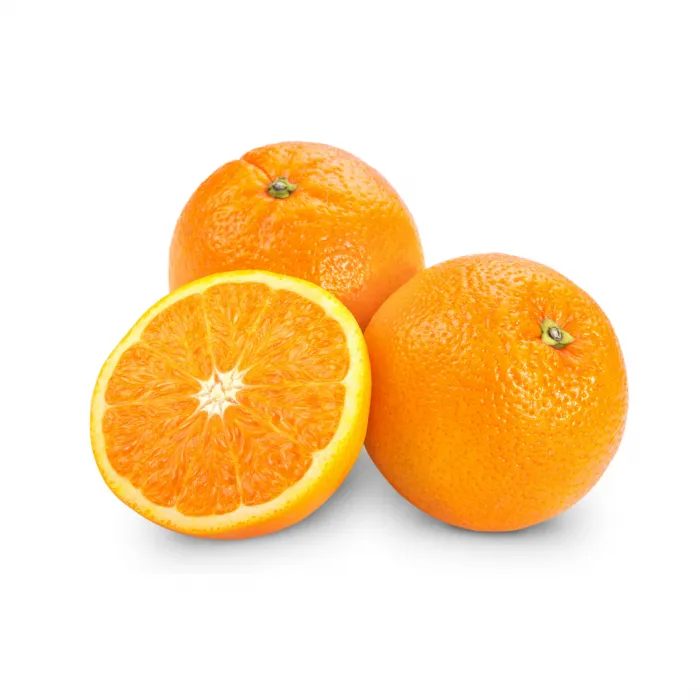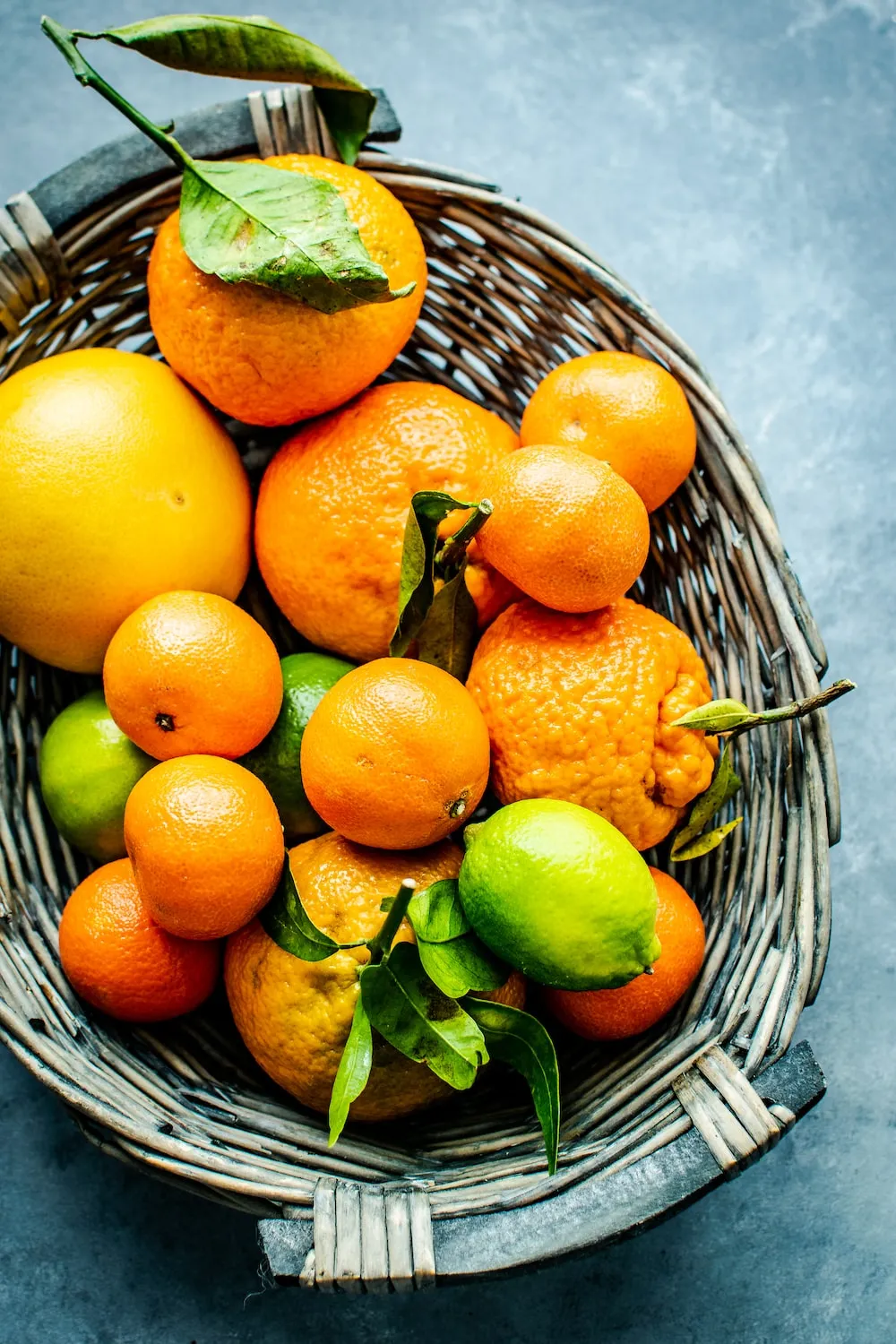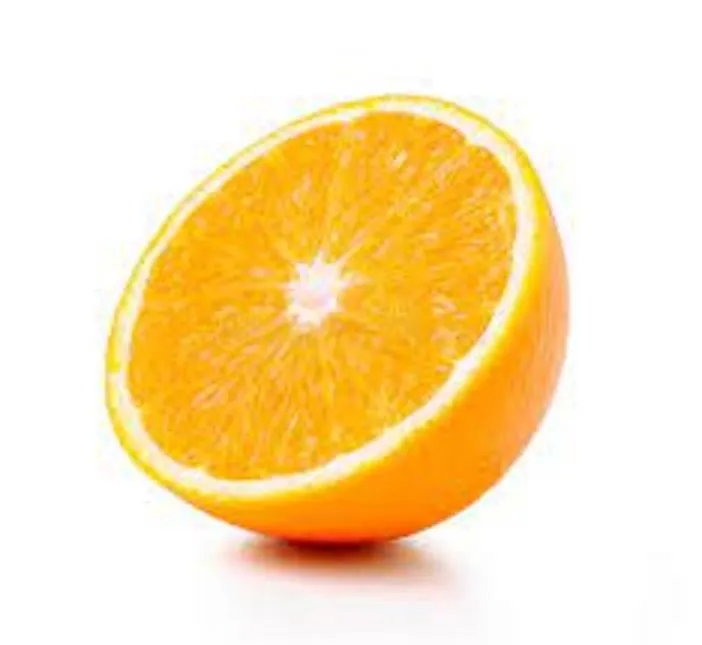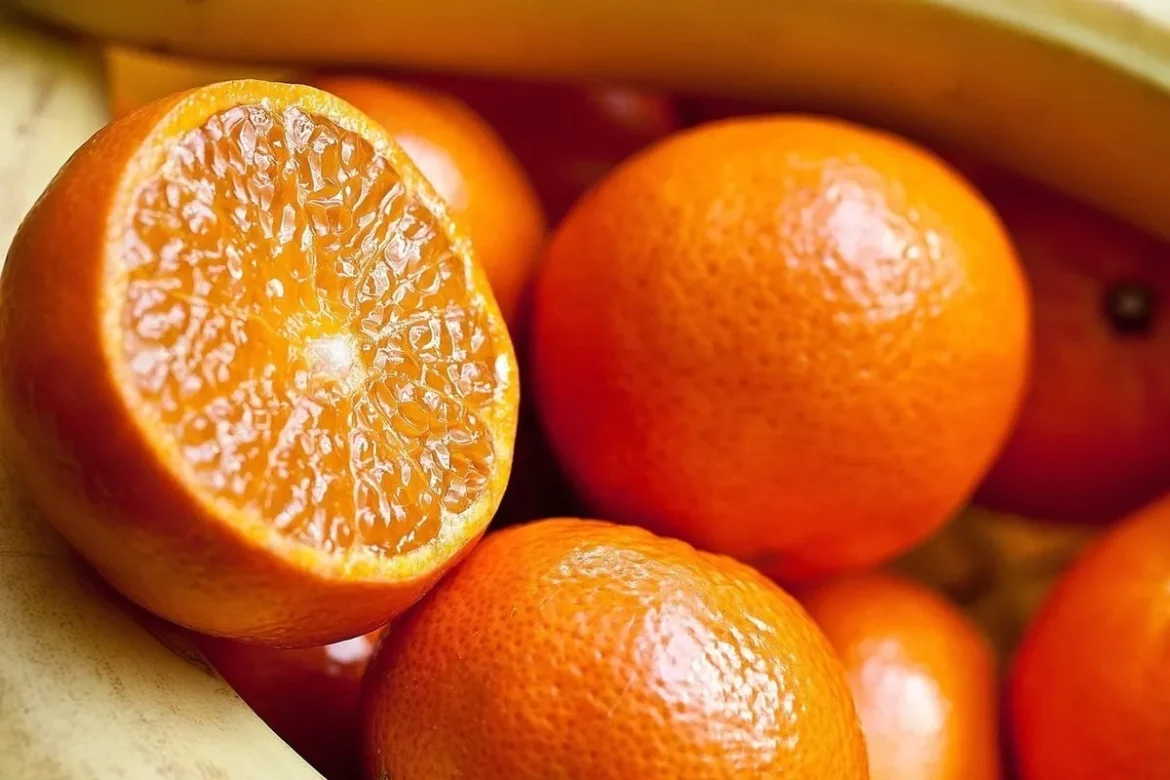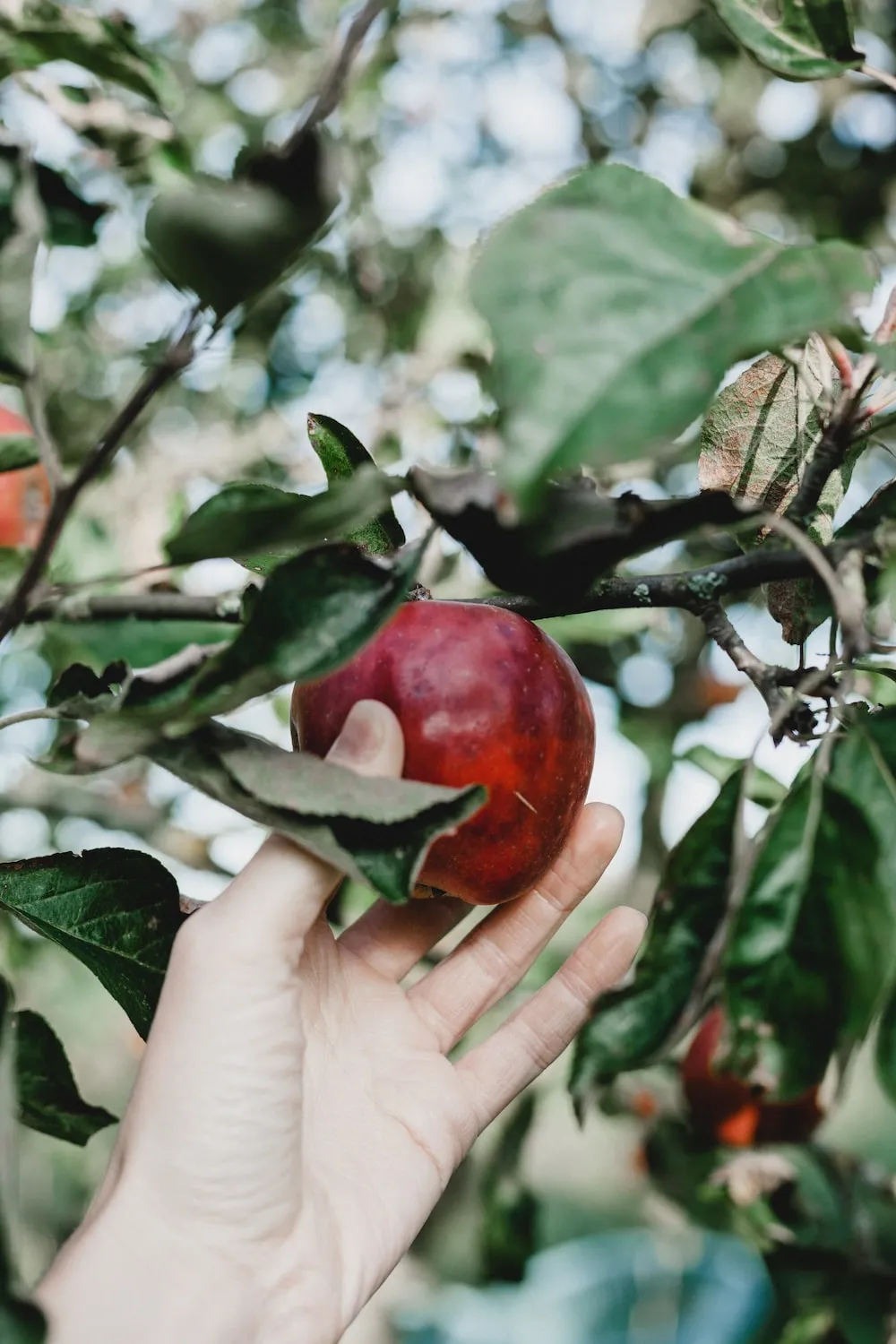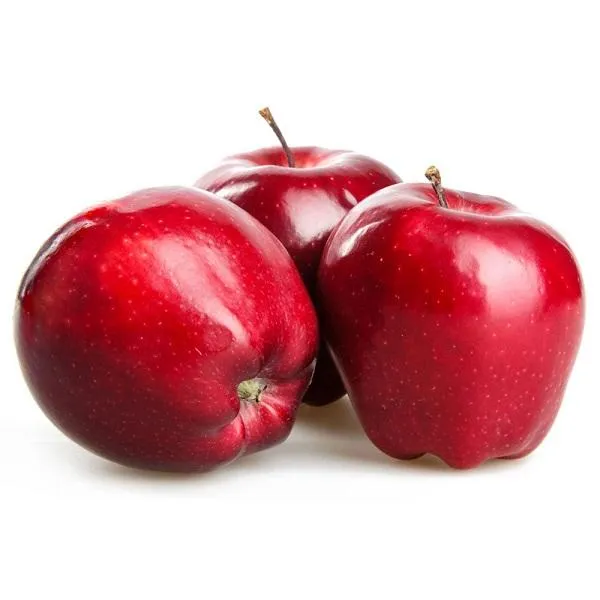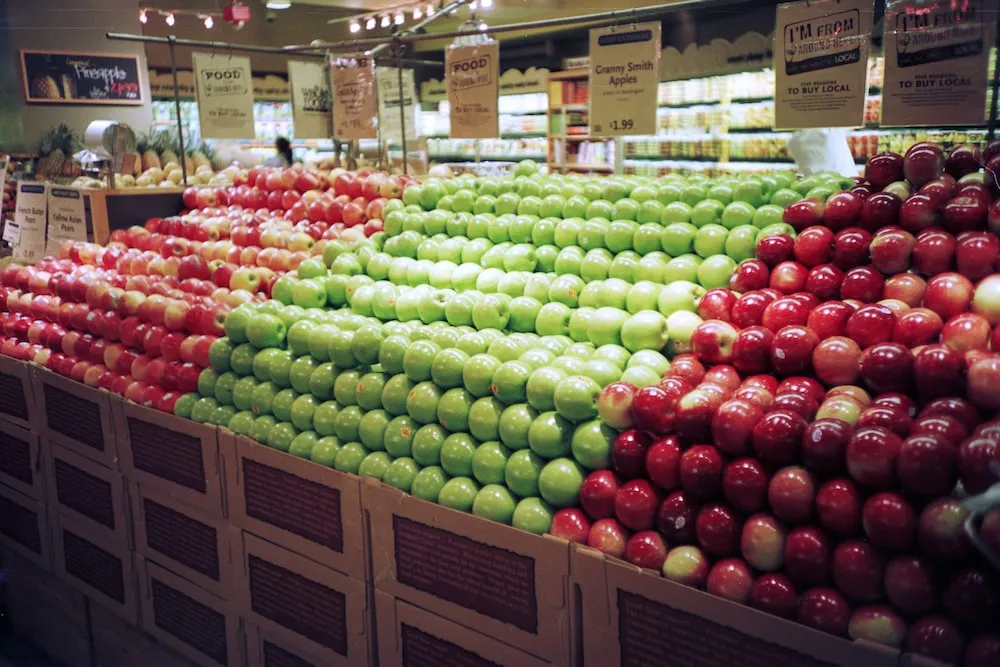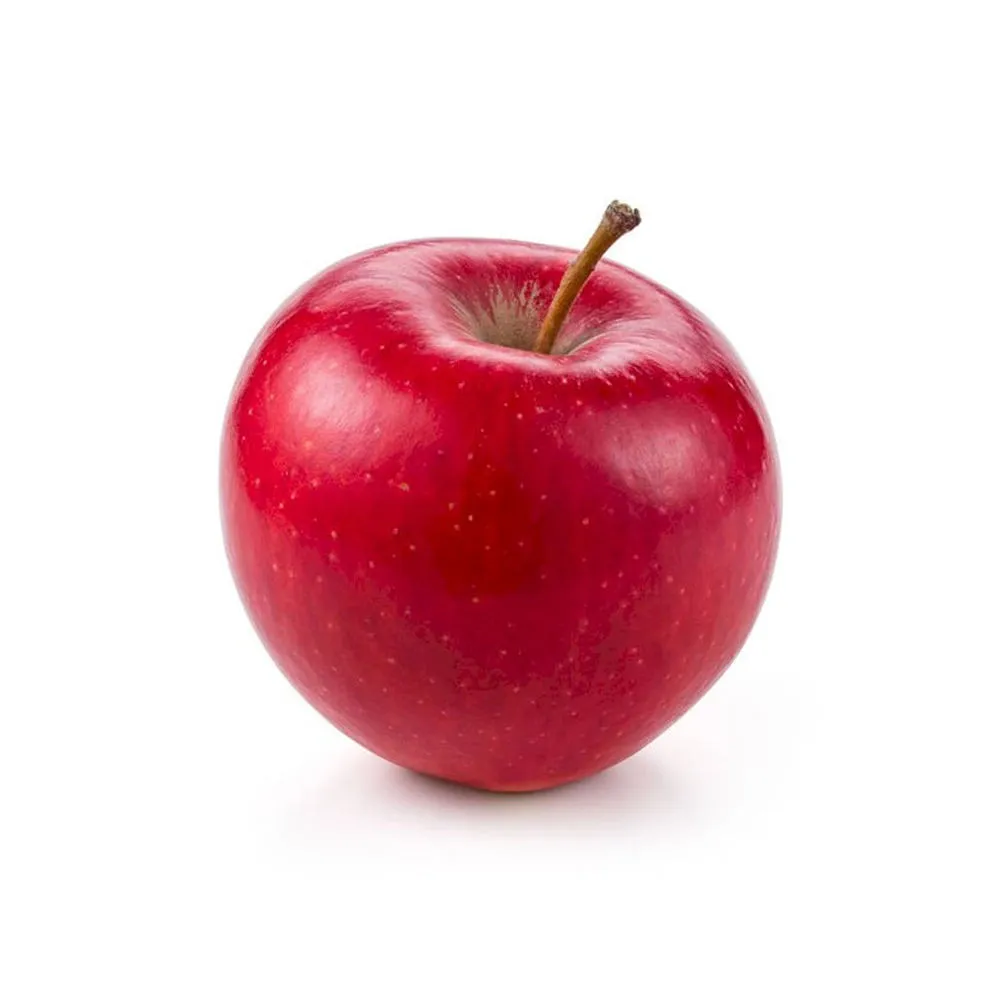Tangerine vs Mandarin: Exploring the Differences and Similarities
Citrus fruits are a delicious and nutritious addition to any diet. Two popular citrus fruits, tangerines and mandarins, are often confused due to their similar appearance and taste. While they do share some similarities, there are distinct differences between the two. In this article, we will explore the characteristics, flavor profiles, and health benefits of tangerines and mandarins to help you differentiate between these two citrus fruits.
Tangerines and mandarins are both members of the citrus family, and they belong to the same genus, Citrus. They are small, easy-to-peel fruits with vibrant orange skin, making them visually appealing. One key difference is that tangerines are a specific type of mandarin, so all tangerines are mandarins, but not all mandarins are tangerines. This distinction is similar to how all poodles are dogs, but not all dogs are poodles.
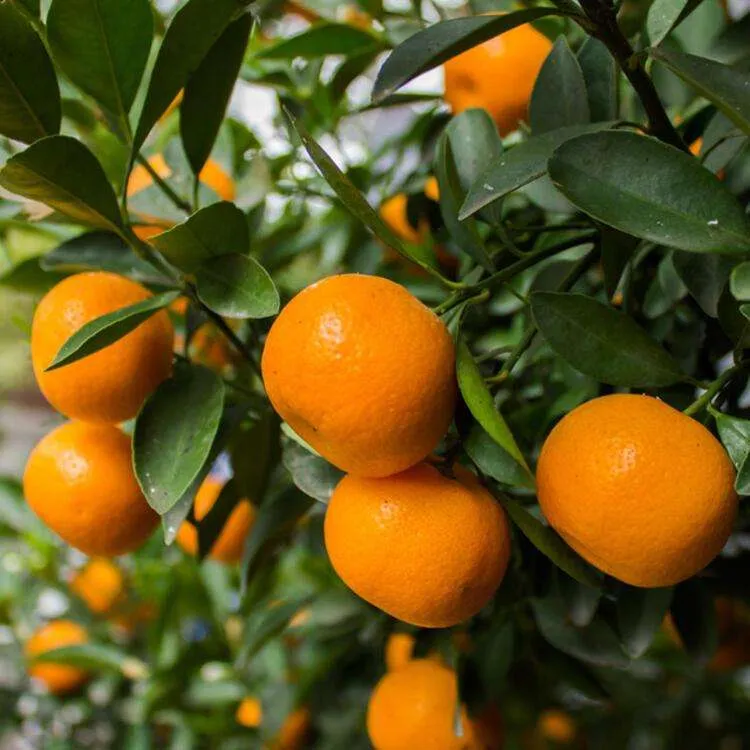
In terms of flavor, both tangerines and mandarins are known for their sweetness. However, mandarins tend to have a slightly sweeter taste compared to tangerines. Mandarins also have a more delicate flavor profile, with a hint of floral notes, while tangerines exhibit a stronger and tangier taste.
The appearance of tangerines and mandarins can vary slightly. Tangerines are typically larger in size, ranging from medium to large, while mandarins are smaller and often referred to as “baby oranges.” Tangerines have a slightly rougher skin, which can be more challenging to peel, whereas mandarins have a smoother and thinner skin, making them easier to handle.
When it comes to nutritional composition, tangerines and mandarins are quite similar. Both fruits are low in calories and high in essential nutrients, such as vitamins C and A, folate, and potassium. They are also a rich source of dietary fiber, which aids in digestion and helps control blood sugar levels. Additionally, tangerines and mandarins contain antioxidants that contribute to overall health and wellbeing.
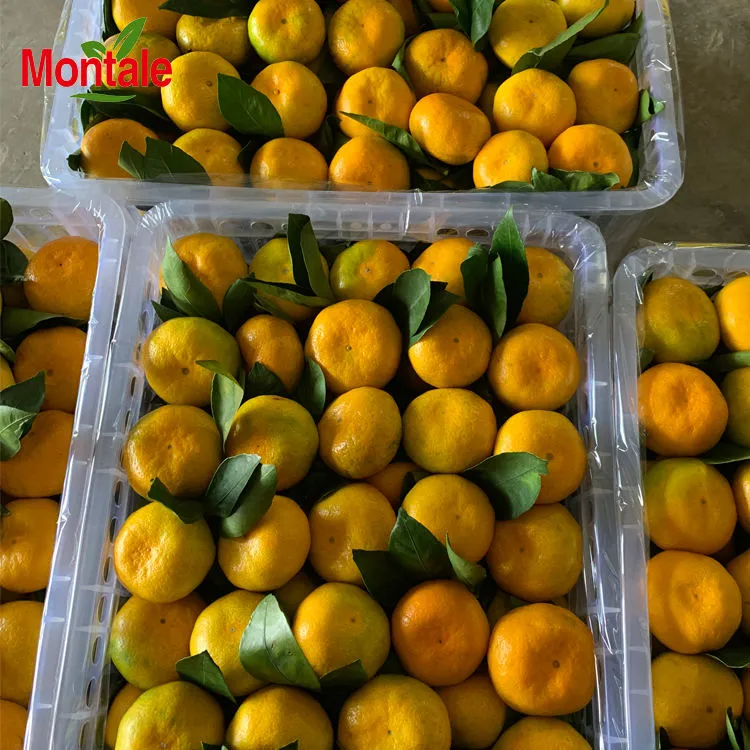
Both tangerines and mandarins have numerous health benefits. The high vitamin C content in these fruits plays a vital role in supporting the immune system, promoting collagen production, and protecting against common illnesses. The vitamin A found in tangerines and mandarins promotes healthy skin, vision, and bone growth. Additionally, the dietary fiber present in these fruits aids in digestion and helps maintain a healthy weight.
In terms of availability, both tangerines and mandarins are typically in peak season during the winter months. However, mandarins tend to have a longer harvesting season compared to tangerines. This means that mandarins can be found in markets for a more extended period throughout the year.
When it comes to uses in the culinary world, both tangerines and mandarins are extremely versatile. They can be enjoyed on their own as a refreshing snack, added to fruit salads, used in dessert recipes, or juiced to make delicious and nutritious beverages. They also pair well with a variety of other flavors, such as chocolate, nuts, and savory ingredients like chicken or fish.
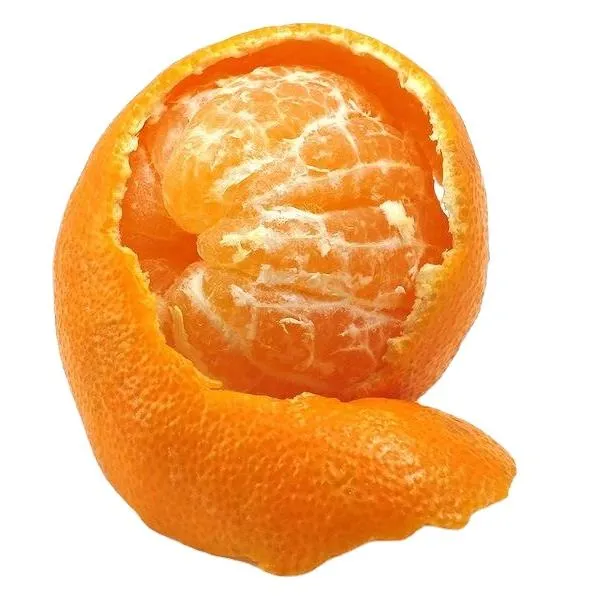
In conclusion, while tangerines and mandarins share many similarities, such as appearance, taste, and nutritional benefits, there are distinct differences that set them apart. Tangerines are a specific type of mandarin and tend to have a tangier taste and rougher skin, while mandarins have a sweeter flavor profile and a smoother peel. Both fruits offer an array of health benefits and can be used in various culinary applications. So, whether you prefer tangerines or mandarins, incorporating these citrus fruits into your diet will undoubtedly add a burst of flavor and nutrition to your life.Additionally, tangerines and mandarins have gained popularity for their use in essential oils and aromatherapy. The oils extracted from their peels are known for their uplifting and invigorating scent. They are often used in diffusers, massage oils, and skincare products due to their refreshing and revitalizing properties.
When shopping for tangerines or mandarins, it’s important to select fruits that feel heavy for their size and have a firm yet slightly yielding texture. Avoid fruits that are overly soft, bruised, or have blemishes on the skin. The skin should be vibrant orange and tightly adhered to the fruit.
To properly store tangerines and mandarins, it is best to keep them in a cool, dry place away from direct sunlight. They can also be refrigerated to extend their shelf life. When refrigerated, tangerines and mandarins can be stored for up to two weeks, but they are best enjoyed when consumed within a week of purchase to ensure maximum freshness and flavor.
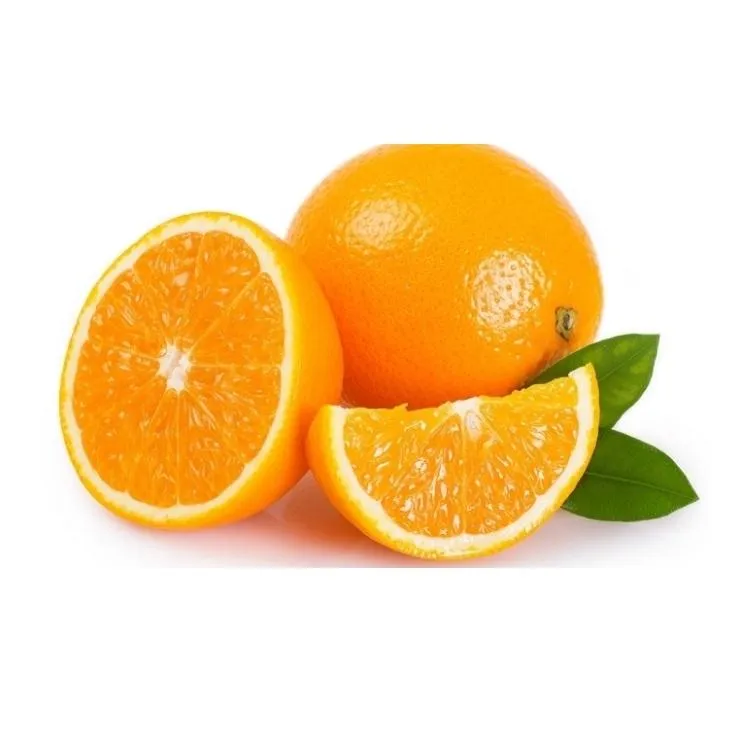
In summary, tangerines and mandarins may be similar in appearance and taste, but understanding their subtle differences can enhance your culinary experience. Knowing the nuances between these two citrus fruits allows you to make informed choices when using them in recipes or selecting them at the grocery store.
Whether you prefer the tangy flavor and larger size of tangerines or the delicate sweetness and ease of peeling of mandarins, both fruits offer a burst of citrus goodness that can elevate your meals and snacks. So next time you find yourself reaching for a citrus fruit, take a moment to appreciate the unique qualities of tangerines and mandarins and savor the delightful flavors they bring to your palate.

